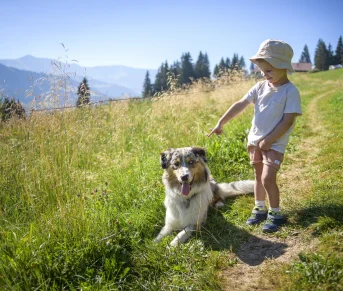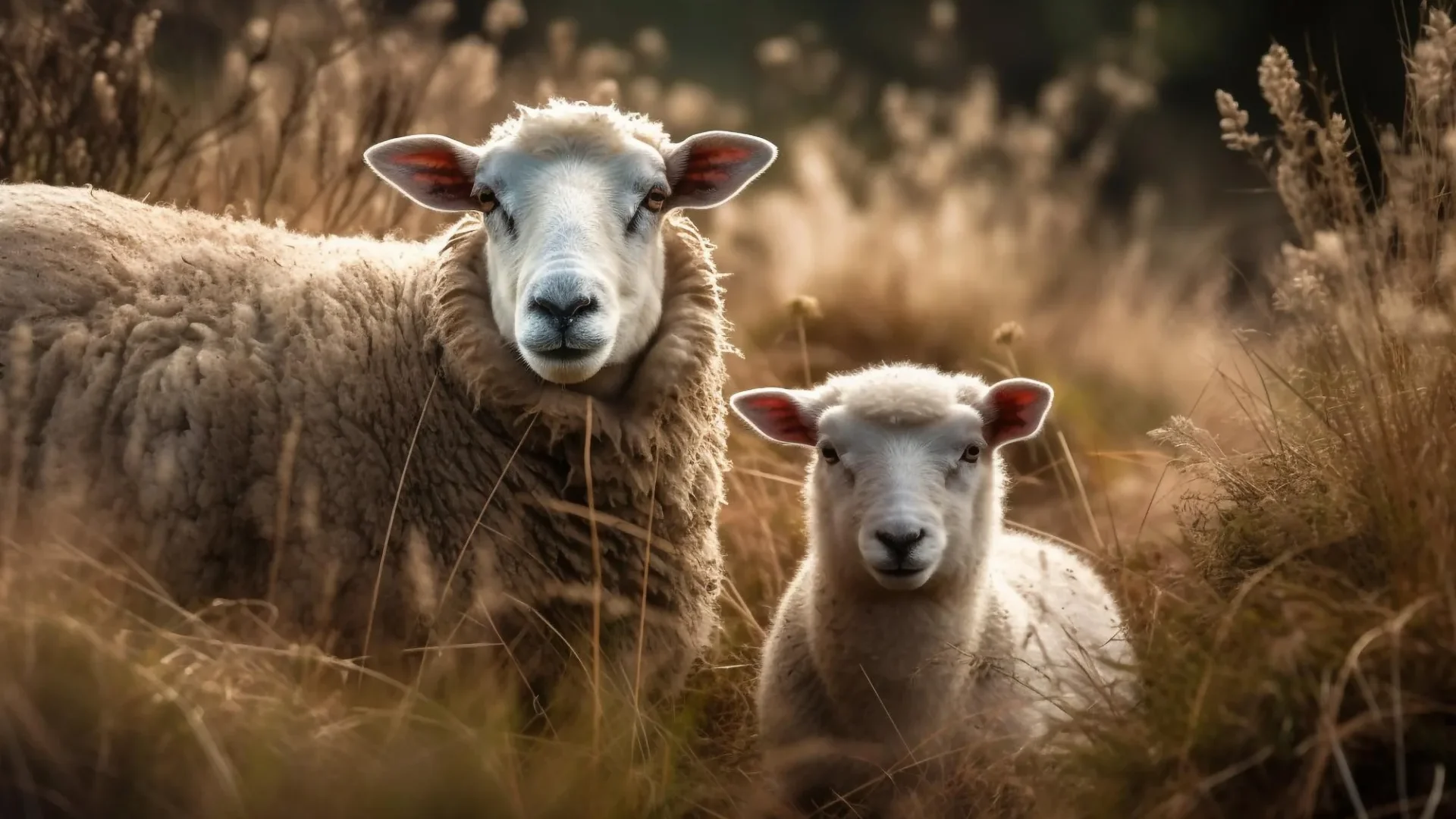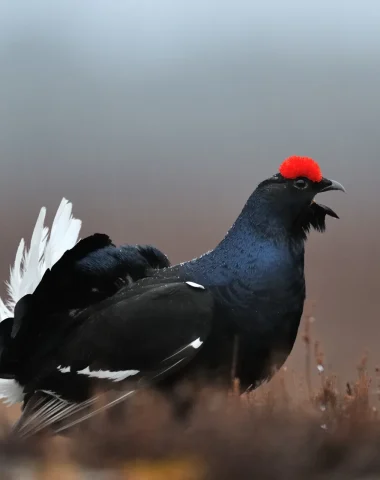The mountain is a vast territory of freedom, inviting to discovery and offering magnificent panoramas. However, behind the beauty of our alpine landscapes hides a well-kept secret… It is in particular thanks to the sustained effort of farmers, and mainly stockbreeders, that our reliefs endure in all their splendour. These cattle breeders fervently preserve the tradition of pastoralism which, like a living heritage, maintains the natural balance of our mountain pastures. Light on one of the oldest agricultural practices of human activity.




Pastoralism, rooted in centuries-old Alpine traditions, evokes a way of life in perfect symbiosis with nature. The mountain pastures then become the scene of a harmonious relationship between breeders, their herds and the fragile ecosystems they inhabit.
An ancient and vital tradition
What is pastoralism in the Alps?
Pastoralism in the Alps is a traditional extensive livestock activity which consists of graze cattle in high pastures, summer pastures, during the summer season.
These seasonal grazing areas are traditionally exploited by herders to provide their herds with some, if not all, of the food in the summer.
As a reminder, the Alps cover several European countries, including the south-east of France, the northern border of Italy, Switzerland, and Austria, among others.

Abundant in vegetation, the vast alpine expanses abound with grass to graze, to the delight of ruminants such as sheep and goats. The main source of feed for livestock is therefore made up of forage resources – grasses and plants.
What are the advantages of pastoralism?
Based on working with nature, pastoralism offers many advantages, including:
Preserving the mountain ecosystem
Pastoral activities involve the movement of livestock over vast territories, which allows:
- sustainable use of natural resources,
- reduction of pressure on the land and its overuse.
Landscape maintenance
Regular grazing by livestock helps keep certain types of landscapes open, by preventing excessive vegetation growth. This practice therefore promotes biodiversity while minimizing the risk of fires.
Support for the local economy
Pastoralism provides sources of income and employment for local communities.
The promotion of high quality local product sectors
The milk, meat and other products derived from pastoral livestock are of superior quality due to the diversity of animal diets and their way of life in the wild.
Positive action on climate change with a neutral carbon footprint
Grasslands used for grazing can act as carbon sinks by storing atmospheric CO2 in the soil, thus contributing to the fight against climate change.
The preservation of traditional mountain heritage
As a centuries-old agricultural tradition, pastoralism is intimately linked to traditional ways of life. The perpetuation of this activity contributes in fact to the preservation and transmission of ancestral knowledge.
Symbiosis between breeders, herds and alpine ecosystems
Link between pastoralism and mountainous regions
Pastoralism is not new. Its long history has undergone significant changes over time.
Pastoral life and movement of herds in the mountains
Alpine pastoralism is generally practiced by herders who transhumance, i.e. who move their livestock between:
- low altitude valleys during the winter. We then speak of winter transhumance or of desalpe.
- high pastures during the summer. This summer migration is also known uphill.
Although it is not limited to this species of ruminant, sheep represent, nowadays, the majority of livestock in transhumance in the Alps.

From the birth of agriculture to the domestication of sheep
The birth of agriculture and animal husbandry took place simultaneously, around 11 years ago in the region of the Fertile Crescent in the Middle East. This major change in the mode of subsistence profoundly upset human society at the time, notably triggering its transition to a sedentary lifestyle. Digression made, back to our topic.

The sheep (Ovis aries), as we know it today, would descend from the Middle Eastern mouflon. The domestication of this wild sheep has led to alterations in its genome, thus impacting its morphology and behavior.
Introduced and then domesticated in Corsica 6000 years ago, the sheep is characterized by:
- its woolly, curly fleece, elongated muzzle, short legs and stubby tail.
- its great resistance and its ability to adapt to all types of terrain, including low-productivity pastures.
Initially bred for their meat, these herbivores with woolly coats were then exploited for their fleece (wool) as well as for their milk… Everything is good with mutton!

Finally, let us mention that our friendly domestic ruminants are animals gregarious. Within their herd, they further interact through bleating and scent marking.
Cattle transhumance, zoom on this alpine pastoral tradition
Transhumance is the movement, movement of a herd of herbivorous animals, such as sheep, cows or goats, to pastures in order to feed.
These ascents or descents from the farm to the mountain pasture (and vice versa) are customs dear to mountain territories, which are perpetuated over generations.



These seasonal migrations allow animals
- to revel in the abundant alpine vegetation during the sunny months
- while avoiding harsh winter conditions. The livestock thus finds refuge in the valleys of low to medium altitude, where the temperatures are milder.

A gradual transformation, where pragmatism and respect for traditions intertwine
In the past, pastoralism, or itinerant herding, was above all an existential question of subsistence for herders and their livestock.
However, with the advent of mechanization in agriculture and the gradual reduction in the practice of mowing, fewer and fewer breeders practice transhumance.
Often for the sake of simplicity or out of logistical and economic necessity, they instead choose to stay on their farm in the valley in order to build up fodder reserves to feed the animals throughout the year.

Preservation of the natural balance of alpine ecosystems
Pastoralism as an imperative for the health of mountain pastures
Pastoralism, as an alliance between men and animals, has made it possible to shape the alpine panoramas which are so familiar to us today. This centuries-old tradition plays an essential role in maintaining varied landscapes rich in biodiversity.
In Combloux and in the Mont-Blanc region, this rich pastoral tradition has succeeded in preserving its liveliness through the ages.
Environmental pressures and climate change
Faced with the industrialization of agriculture, the need to maintain summer pastures to maintain the subtle interaction between humans and the landscape is increasingly felt.
Nowadays, cohabitation:
- uses – fields mowed in the fall, for example limiting the risk of avalanches in winter when the snow falls.
- and preservation of natural areas
is of crucial importance.
Reintroduction of the wolf in the Alps and threats related to predation
Since the 1990s, in parallel with the maintenance of the pastoral tradition, the public authorities have engaged in important initiatives to reintroduce the wolf within our majestic mountains.
Here is an overview of the main lines of this initiative:
1990
Ecological issues linked to the return of the wolf
In the 1990s, some Alpine countries began to consider the reintroduction of the wolf to restore its ecological role and ensure the diversity of fauna and flora. The first attempts at reintroduction took place in France and Italy.

1992
Initiatives in France and Italy
- The first release of wolves in the Italian Alps took place in the Gran Paradiso National Park in 1992. Other reintroductions followed in different Italian Alpine regions.
- That year, France also launched a wolf reintroduction program in the Mercantour National Park, on the border with Italy. Wolves from Italy have been released into the region.
Over the years, populations of reintroduced wolves have started to develop and expand in the Alps, which has allowed the natural recolonization of certain areas.
The crucial importance of protecting herds against predation

The increasing presence of the wolf has aroused mixed reactions among local populations and herders. Some have expressed concerns about the attacks on herds and the consequences on agriculture.
To minimize conflicts between wolves and human activities, protection and management measures have therefore been put in place:
- compensation for ranchers who lose livestock due to wolf attacks
- prevention programs, etc.
The patou: faithful guardian, protector of the herds
Among the strategies aimed at preventing wolf attacks, we can also cite the frequent use of sheepdogs called patous. Recognized for their loyalty and their courage, they embody an emblematic figure of the mountain environment.
These guard dogs play a vital role in the preservation of livestock, acting with a devotion that positions them as true sentinels of the pastoral landscape. Their unfailing involvement then leads to a unique relationship between man, animal and nature.

























